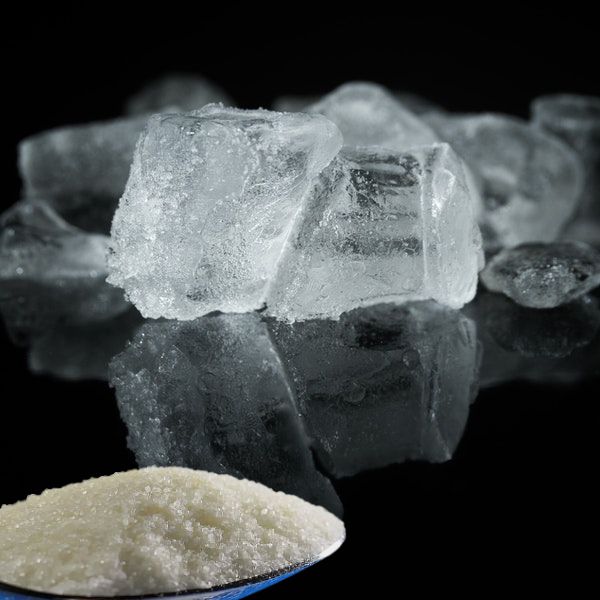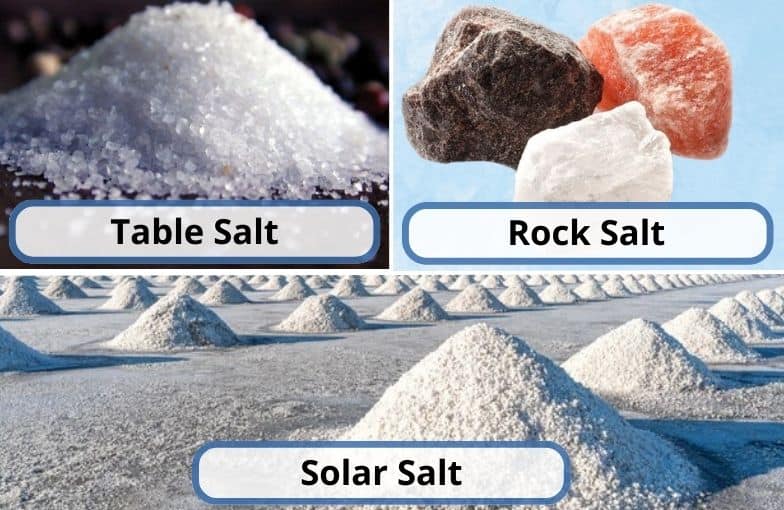Can You Use Water Softening Salt To Melt Ice
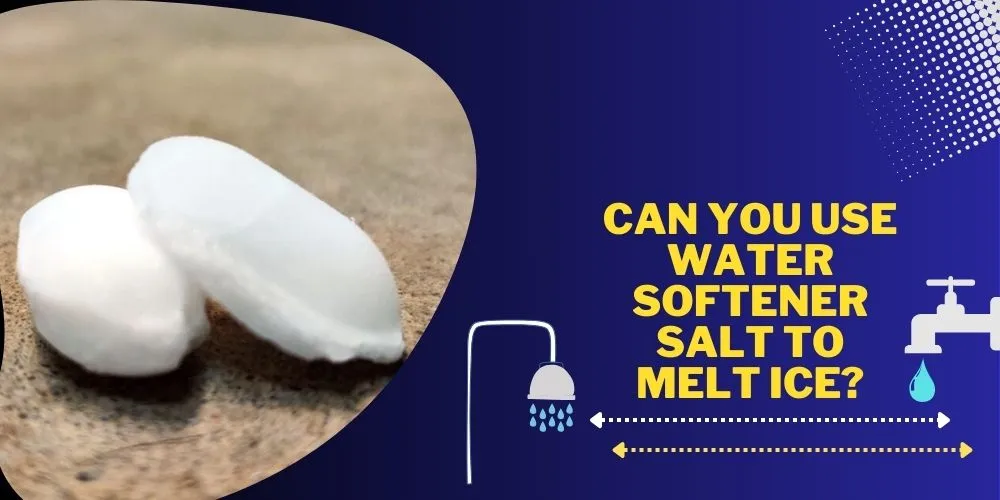
As winter's icy grip tightens, homeowners and municipalities alike scramble for effective and affordable solutions to combat treacherous surfaces. A common question surfaces amidst the flurry of de-icing efforts: Can water softening salt, readily available in many households, be a viable substitute for traditional rock salt in melting ice? The answer, while seemingly straightforward, is nuanced and warrants careful consideration.
This article delves into the scientific and practical implications of using water softening salt, specifically sodium chloride (NaCl) in many cases, as a de-icer. We will explore its effectiveness, potential environmental impact, and compare it to conventional de-icing agents like rock salt, as well as calcium chloride and magnesium chloride. Understanding these factors is crucial for making informed decisions about winter safety and responsible environmental stewardship.
The Science of De-Icing: How Salt Melts Ice
The primary mechanism by which salt melts ice is through a process called freezing point depression. When salt dissolves in water, it lowers the freezing point of the water. This means that ice can melt at temperatures below 32°F (0°C), the normal freezing point of pure water.
Different types of salts have varying degrees of effectiveness based on their chemical composition and the temperature. Sodium chloride, commonly found in both rock salt and many water softening salts, is effective to around 15°F (-9°C). Below this temperature, its melting capacity diminishes significantly.
Water softening salts are designed to remove minerals like calcium and magnesium from water, preventing scale buildup in pipes and appliances. While many water softening salts are indeed sodium chloride, it's essential to verify the specific composition before using them as a de-icer.
Water Softening Salt vs. Rock Salt: What's the Difference?
The key difference between water softening salt and rock salt lies in their purity and form. Rock salt, often mined directly from the earth, can contain impurities like sand, gravel, and other minerals. These impurities can leave behind residue on surfaces and potentially clog drains.
Water softening salt is typically manufactured to a higher purity standard to ensure optimal performance in water softeners. This higher purity can translate to cleaner melting and less residue compared to rock salt.
However, the cost-effectiveness of using water softening salt is a crucial factor. Rock salt is generally cheaper and available in larger quantities, making it a more economical choice for large-scale de-icing applications like roads and parking lots.
Environmental Considerations: A Grain of Salt?
All types of salt, including both water softening salt and rock salt, can have negative impacts on the environment. When salt dissolves and runs off into waterways, it can increase salinity levels, harming aquatic life and potentially contaminating drinking water sources.
Excessive salt use can also damage vegetation along roadsides and contribute to soil erosion. Sodium chloride can also corrode infrastructure, such as bridges and vehicles, leading to costly repairs.
Alternatives to sodium chloride, such as calcium chloride and magnesium chloride, are sometimes used as de-icers because they are effective at lower temperatures. However, they also come with their own environmental concerns, including potential impacts on soil and water quality.
Expert Opinions and Recommendations
Numerous studies have investigated the environmental impacts of de-icing salts. The Environmental Protection Agency (EPA) provides guidelines and best management practices for salt application to minimize environmental damage.
Many state and local transportation departments conduct research and implement strategies to reduce salt usage while maintaining safe road conditions. These strategies include pre-treating roads with brine solutions, using calibrated spreaders to control salt application rates, and employing alternative de-icing agents in sensitive areas.
According to Dr. Emily Carter, an environmental scientist specializing in water quality, "While water softening salt can technically melt ice, its use should be carefully considered due to its potential environmental impacts and cost. Responsible de-icing practices involve using the minimum amount of salt necessary and exploring alternative methods when feasible."
Practical Applications and Safe Usage
If you choose to use water softening salt for de-icing, it is essential to apply it sparingly and strategically. Focus on high-traffic areas and potential slip hazards, such as walkways, driveways, and steps.
Avoid over-applying salt, as excess salt will simply wash away and contribute to environmental pollution. Consider using a spreader to ensure even distribution and prevent clumping.
Always wear gloves and eye protection when handling salt to prevent skin irritation and eye damage. Keep children and pets away from treated areas to avoid ingestion of salt.
Looking Ahead: Innovations in De-Icing Technology
The search for environmentally friendly and effective de-icing solutions is ongoing. Researchers are exploring the use of alternative materials such as beet juice, corn derivatives, and other organic compounds as de-icing agents.
Smart de-icing technologies, such as weather forecasting systems and road sensors, are being developed to optimize salt application and reduce overall usage. These technologies can help municipalities make informed decisions about when and where to apply de-icers, minimizing environmental impact and saving taxpayer dollars.
Ultimately, a combination of responsible salt usage, alternative de-icing agents, and innovative technologies will be crucial for navigating winter's icy challenges while protecting our environment.

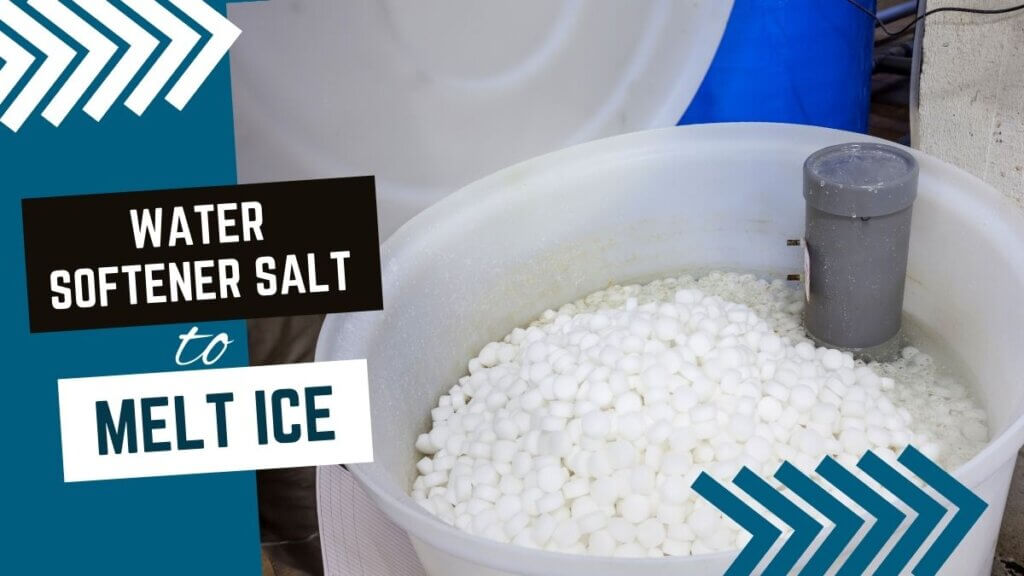




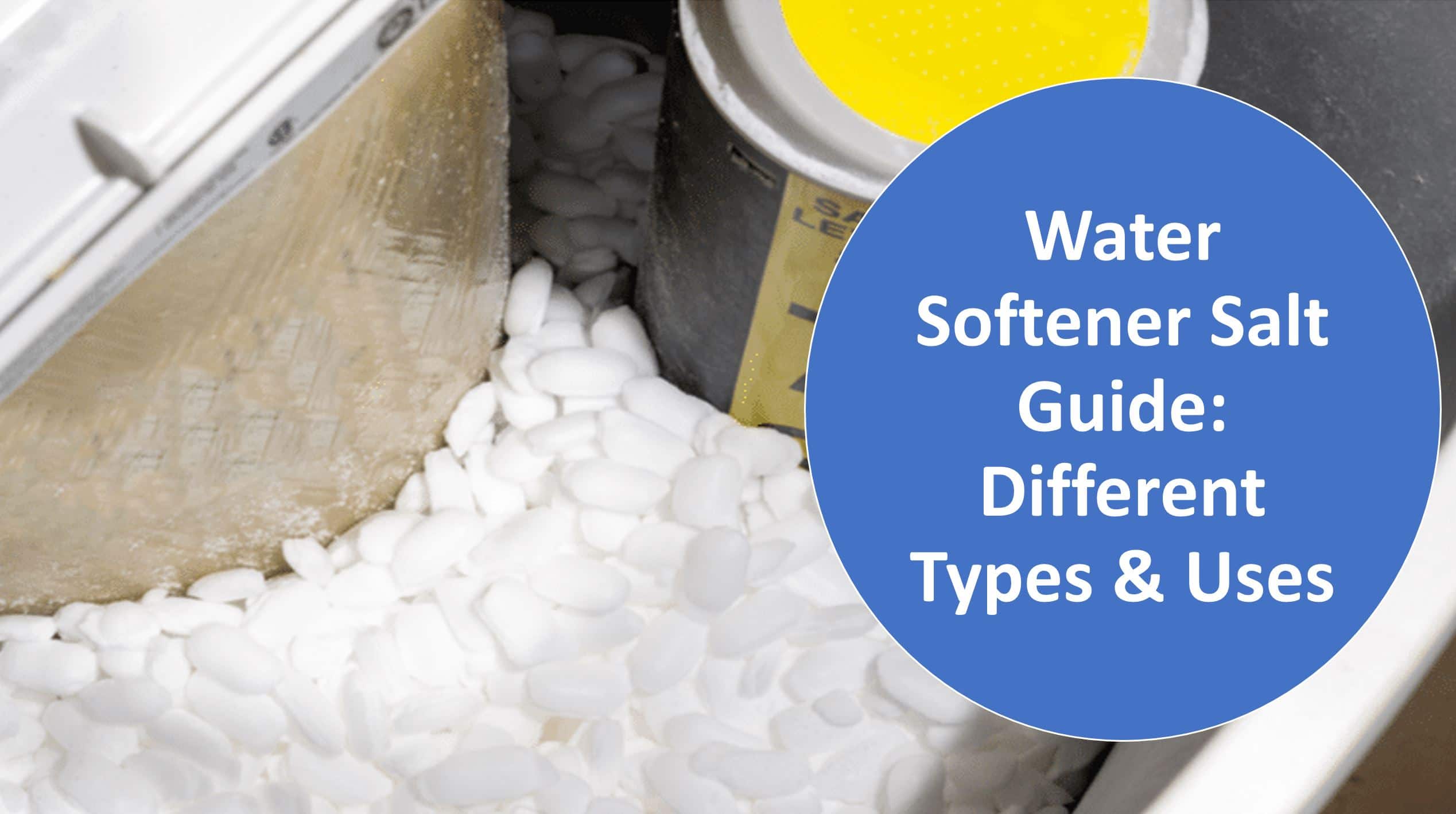
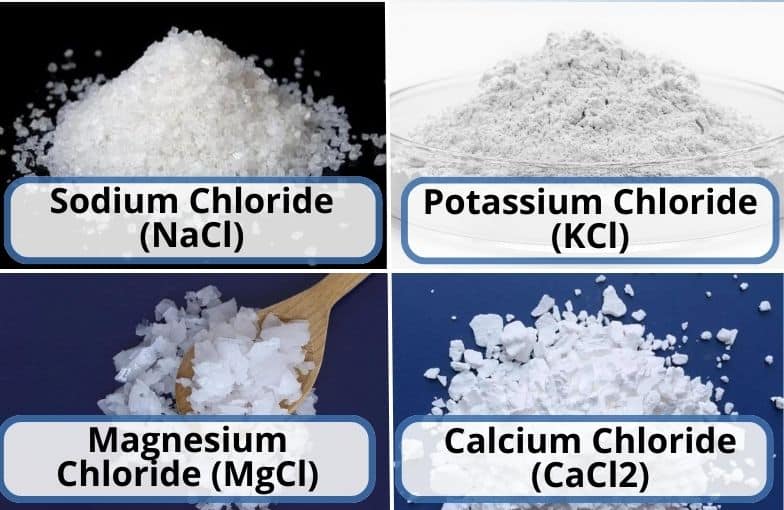
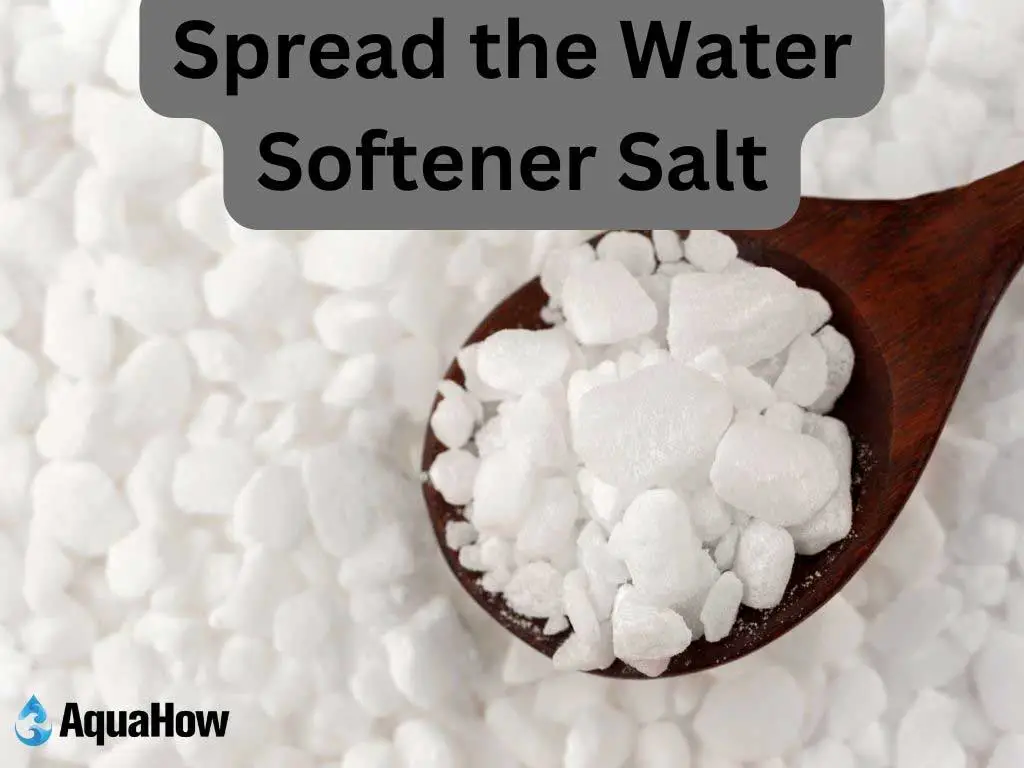

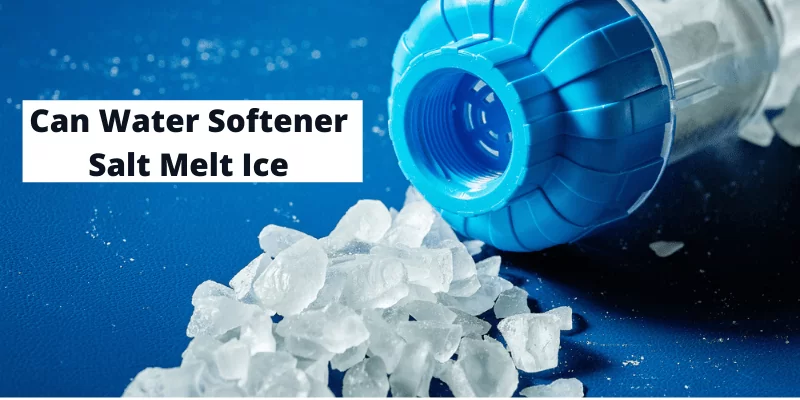
![Can You Use Water Softening Salt To Melt Ice Can You Use Water Softener to Melt Ice? [Pros & Cons]](https://wholeworldwater.co/wp-content/uploads/2023/12/Can-You-Use-Water-Softener-to-Melt-Ice-768x432.jpg)
![Can You Use Water Softening Salt To Melt Ice Can You Use Water Softener Salt To Melt Ice🧊[Answered 2022] - Aqua](https://www.aquaprofessor.com/wp-content/uploads/2022/02/which-salt-is-best-to-melt-ice.jpg)
